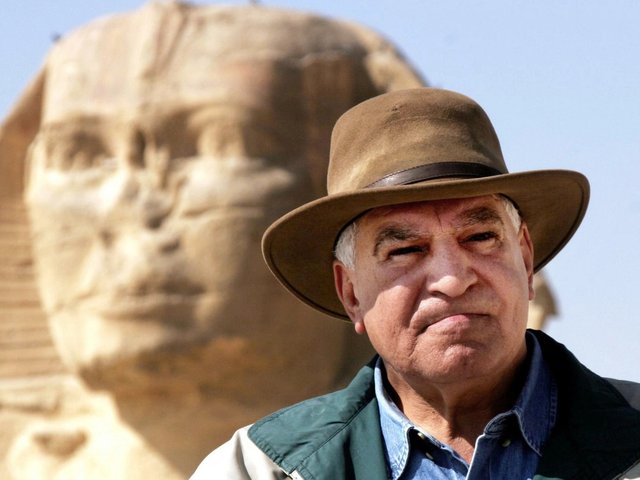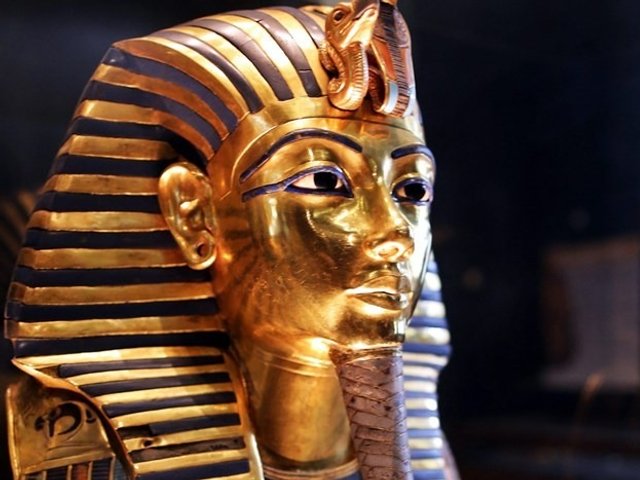The mystery of where Egypt’s Queen Nefertiti was buried may finally have been solved—almost 100 years after Howard Carter unearthed King Tutankhamun’s tomb in the Valley of the Kings.
The British Egyptologist Nicholas Reeves, from the University of Arizona, has discovered a number of cracks in the walls of Tutankhamun’s burial chamber, which suggest the existence of two passageways that were bricked up and plastered over and have been “seemingly untouched since antiquity”.
Reeves, whose report was published by the Amarna Royal Tombs Project on 23 July, believes one passage probably leads to a storeroom; while the other, which aligns with the tomb’s entrance chamber, could lead to “the undisturbed burial of the tomb’s original owner—Nefertiti”.
Reeves first noticed the fissures in ultra-high resolution photographs published early last year by Factum Arte, a Madrid-based workshop that specialises in 3D scanning and art replication. “Cautious evaluation” of the scans over several months produced results that are “beyond intriguing”, Reeves says in his report. He adds that a “full and detailed geophysical survey” of the tomb and surrounding area must now be carried out as “one of Egyptology’s highest priorities”.
The modest size of Tutankhamun’s tomb, which has similar dimensions to an antechamber, has long-puzzled archaeologists. The discovery of a hidden door suggests the pharaoh’s chamber might actually be the outer section of a “corridor-style tomb-within-a-tomb”, according to Reeves. This ties in with earlier scholarship that says that Tutankhamun’s famous gold funerary mask might originally have been intended for Nefertiti, who Reeves says was the boy-king’s co-regent and possibly his mother.
Adam Lowe, the director of Factum Arte, says Reeve’s observations will “doubtless raise a great deal of interest” among Egyptologists and specialists. “As a romantic I hope [Reeves] is right—[if so] it will be another important chapter in the greatest story of perseverance and discovery.”



